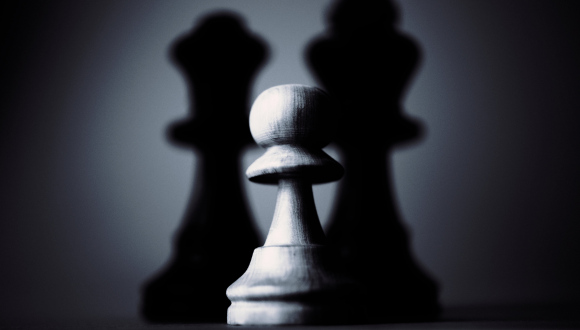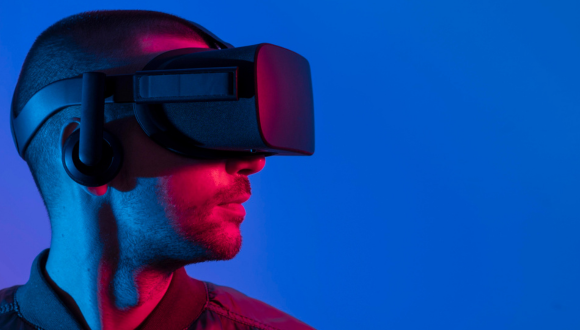Uncovered Chess Variants: 3D Chess and VR Chess
A breakdown of unusual chess variants such as 3D chess and VR chess, their origins and popularity today.


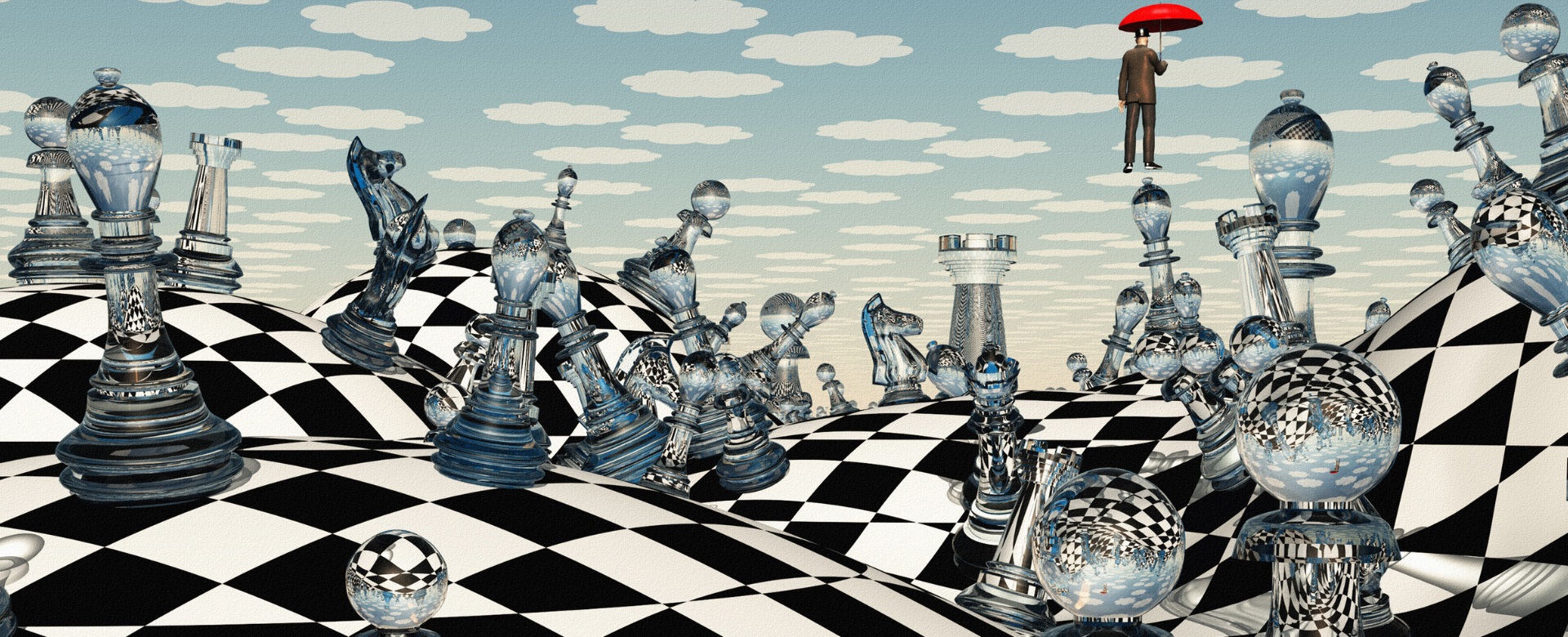
Chess is celebrated for its classic 8×8 board, but over the years many inventive variants have emerged that alter the board or rules to create fresh challenges. In this article, we explore two such variants – 3D chess and VR chess – each of which broadens the chess experience in a unique way. We’ll look at their origins, how they differ from traditional chess, and how those differences affect gameplay. These variants demonstrate how a timeless game can be reimagined, whether by adding new dimensions or leveraging virtual.
Three-dimensional chess
Three-dimensional chess (“3D chess”) replaces the flat board with multiple levels, allowing pieces to move vertically as well as horizontally. Variant designs date back to at least the late 19th century – one of the oldest was Raumschach (“Space Chess”) invented in 1907 by Ferdinand Maack. Maack’s 3D chess used five stacked 5×5 boards and was inspired by the idea that chess should allow “aerial” attacks from above to simulate modern warfare.
Decades later, 3D chess gained pop-culture fame through the Star Trek TV series, which featured a fanciful multi-level chess set (dubbed “Tri-Dimensional Chess”) as a symbol of futuristic strategy. While the Star Trek version was initially just a prop, fans eventually developed playable rules for it, further popularizing the concept of chess in three dimensions.
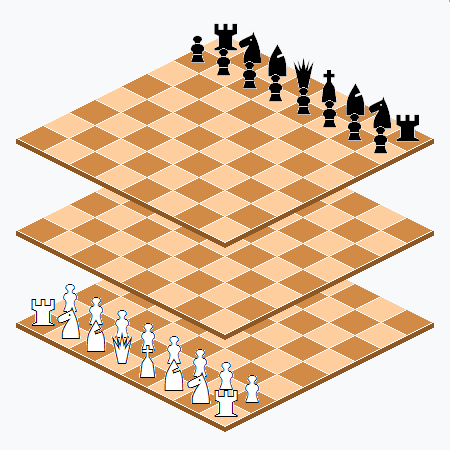
In 3D chess, the familiar pieces acquire new moves across levels. For example, Maack’s Raumschach variant added two extra pawns per side and introduced a special piece called the unicorn that moves through the cube diagonals of the 3D space. All the standard pieces are present (kings, queens, rooks, bishops, knights, pawns), but each can also move up and down between boards, dramatically increasing the range of possibilities.
Checkmate remains the ultimate goal, but it becomes far more difficult to achieve in a 3D environment – attacks can now come from above or below, making defense a complex 3D puzzle. The gameplay demands keen spatial reasoning as players must visualize threats on multiple layers simultaneously. This higher-dimensional challenge has made 3D chess a metaphor for complex thinking in other fields, and it offers chess enthusiasts a chance to “think outside the board.” While 3D chess adds physical layers to the game, our next variant takes a different approach – scrambling the starting setup itself.
VR Chess: Immersive Play in Virtual Reality
Virtual Reality chess brings the game into an immersive 3D environment through VR technology. The rules of chess don’t change – what changes is the experience of the board and pieces. Instead of looking at a physical board or a screen, players wearing VR headsets find themselves in a fully simulated world where they can look around and interact with the chessboard in a realistic space.
For example, a VR chess application might seat the players in a grand virtual hall or a fantasy realm with the chessboard between them. The pieces could be richly animated: a pawn might appear as a warrior, a knight as a mounted creature, etc., all moving and “battling” when captures occur. One notable early example is Dungeon Chess (2017), a Dungeons & Dragons-themed VR chess game that combines classic chess gameplay with iconic D&D monster pieces and atmospheric fantasy. In that game, queens became fire-breathing dragons and rooks were beholders blasting rays – a dramatic visual twist on the standard pieces. Such thematic flair shows how VR can overlay a creative narrative on top of normal chess rules.
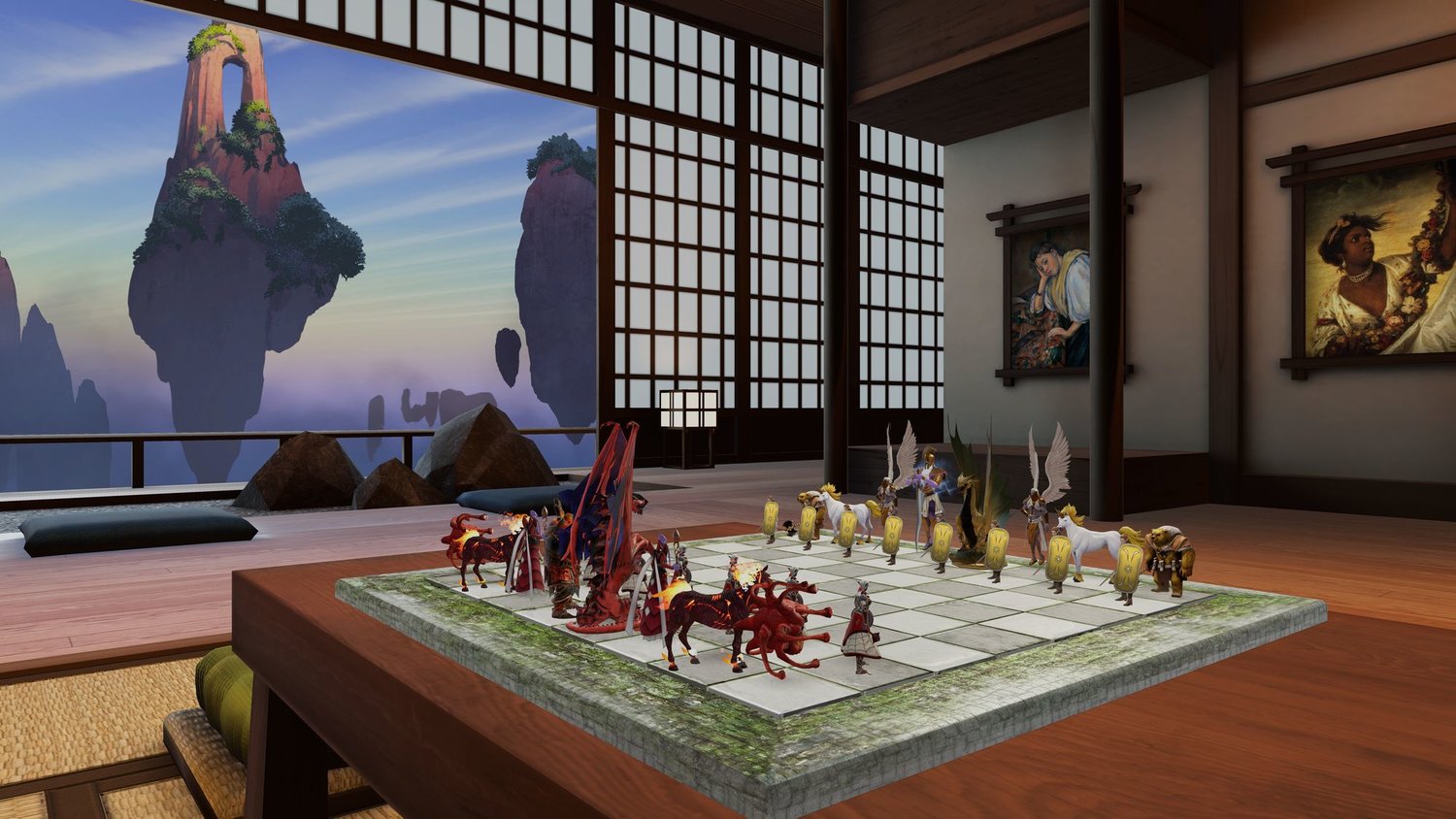
In VR chess, players interact with the board in a hands-on way. Using VR controllers or hand tracking, you can reach out and grab a piece as if it were a physical object, and feel subtle haptic feedback as you place it down. The immersive perspective means you can lean in to examine the board or even walk around a virtual table to view the position from different angles.
When pieces capture each other, the VR game might animate the event – think of a knight actually leaping and dueling a bishop – adding a bit of “Wizard’s Chess”-like excitement for the players.. Importantly, none of this changes how the game is won or lost: strategy and tactics remain the familiar chess fundamentals. However, the sense of presence can affect gameplay psychologically; some players feel more engaged and focused in the VR setting, while beginners might find the lively visuals make the game more approachable and fun.
By making chess a multi-sensory experience, VR variants aim to broaden the appeal of the game. They keep chess competitive and strategic at its core, but with a layer of immersion and entertainment that can attract new audiences to the chess world. This fusion of tradition and technology shows that even without changing the rules, chess can evolve in how it’s enjoyed.
Conclusion
From multi-level boards to virtual reality settings, these chess variants showcase the creativity of the chess community in redefining the game. Each variant offers unique strategic challenges: 3D chess demands 3D visualization and VR chess adds an immersive experience around the familiar rules. By exploring these unusual boards and rules, players can gain a deeper appreciation for the core of chess itself.
The classic game’s principles – tactical foresight, strategic planning, and creative problem-solving – shine through in new forms, proving that while the chessboard may change shape or medium, the intellectual thrill of the game remains as rich as ever.


